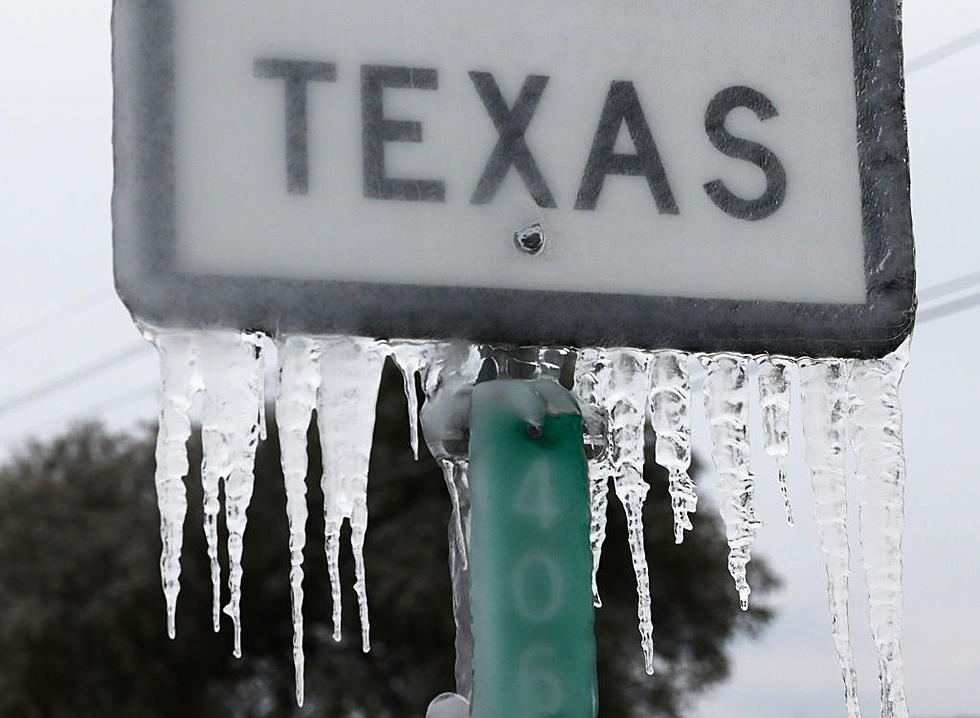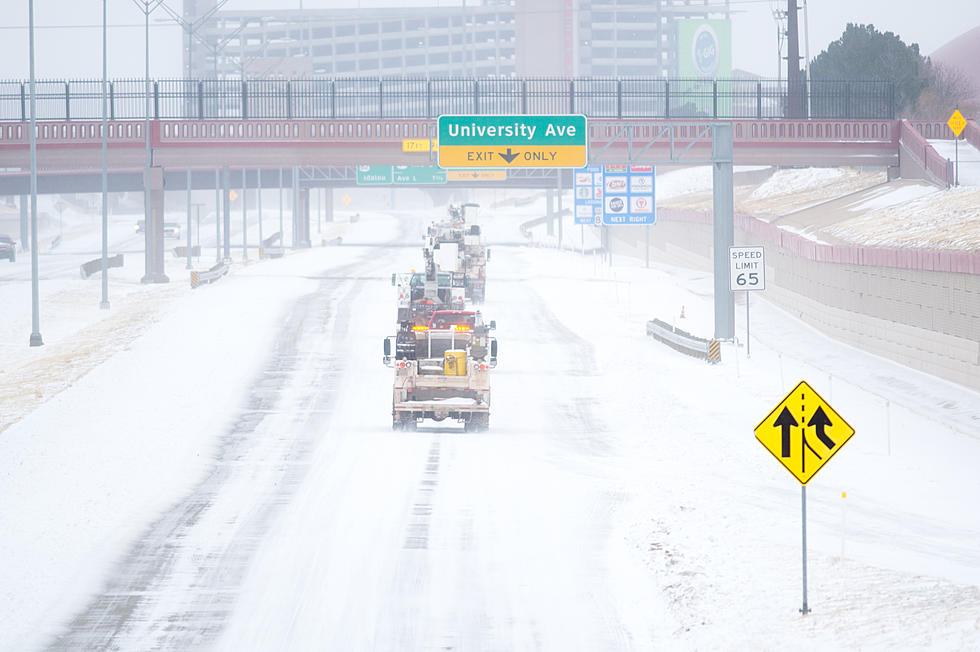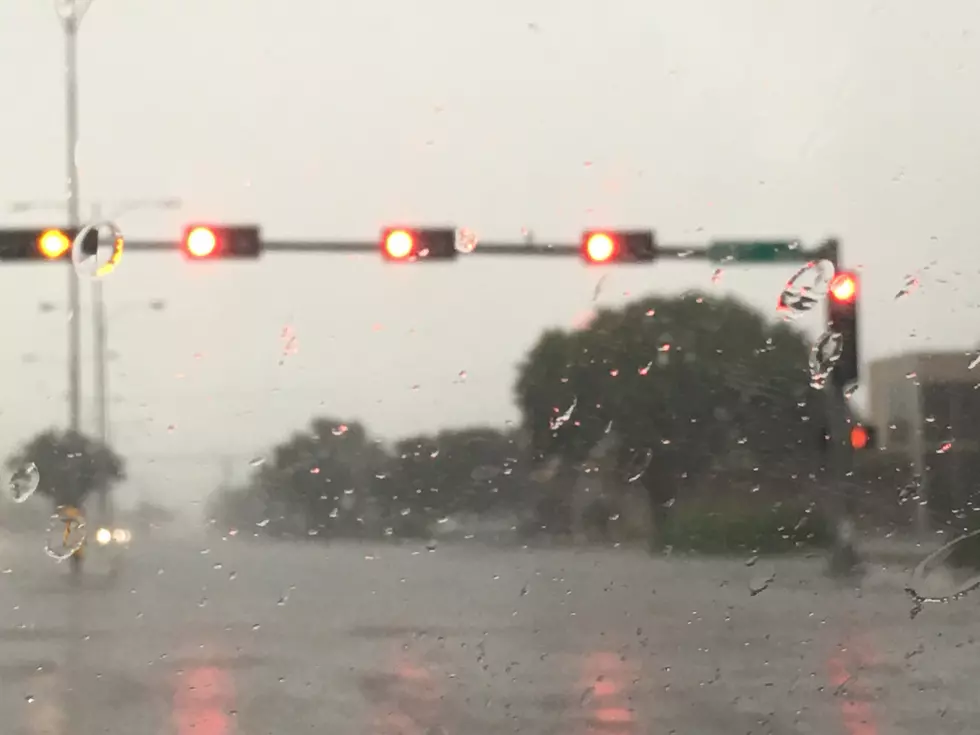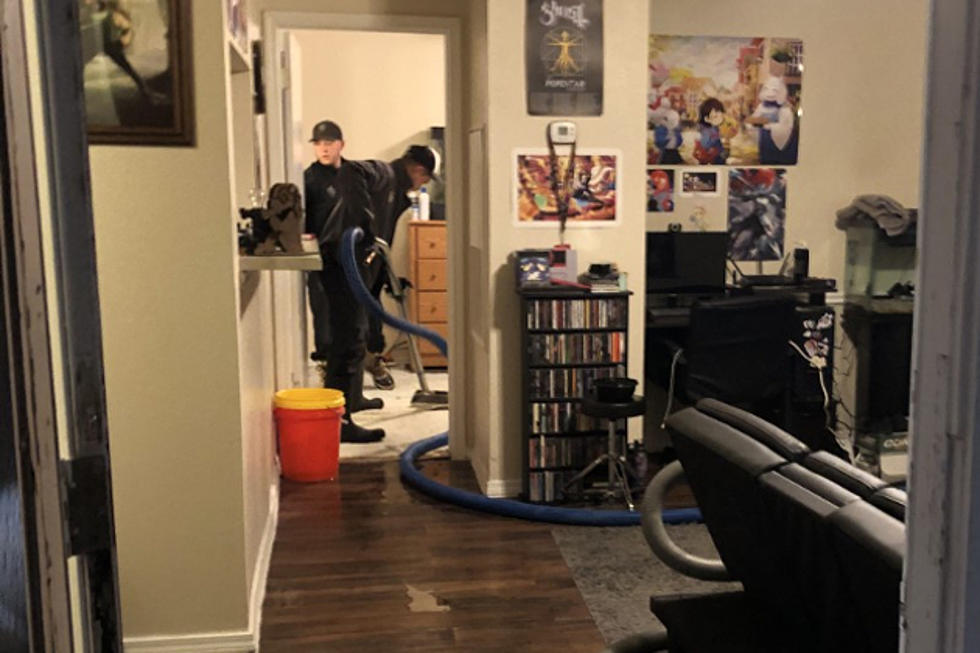![Lubbock Winter Weather Driving Tips for You and Your Teen Driver [VIDEO]](http://townsquare.media/site/189/files/2013/12/Capture9-300x188.png?w=980&q=75)
Lubbock Winter Weather Driving Tips for You and Your Teen Driver [VIDEO]
Well I hate to say it but it looks like our first shot of ice and snow is on it's way and in the forecast for the next couple of days.
That means a couple of miserably slow and dangerous drives to and from work. Here are some great tips for winter driving that you ALL need to look over and maybe go over with your teen drivers in the house.
- Check the weather forecast and current conditions before you leave. There are some great Apps available for this.
- Never warm up a vehicle in an enclosed area, such as a garage. Make sure you crack the garage door a little bit to properly vent the fumes.
- Make certain your tires have the correct pressure. Believe it or not this is a big one and please never mix radial tires with other tire types.
- Keep your gas tank at least half full to avoid gas line freeze-up.
- If possible, avoid using your parking brake in cold, rainy and snowy weather. It could lick up and freeze on you.
- Do not use cruise control when driving on any slippery surface (wet, ice, sand).
Now for the hard stuff. Here is the Tips as put forth by AAA for driving on ice and snow.
- Accelerate and decelerate slowly. Applying the gas slowly to accelerate is the best method for regaining traction and avoiding skids. Don’t try to get moving in a hurry. And take time to slow down for a stoplight. Remember: It takes longer to slow down on icy roads.
- Drive slowly. Everything takes longer on snow-covered roads. Accelerating, stopping, turning – nothing happens as quickly as on dry pavement. Give yourself time to maneuver by driving slowly.
- The normal dry pavement following distance of three to four seconds should be increased to eight to ten seconds. This increased margin of safety will provide the longer distance needed if you have to stop.
- Know your brakes. Whether you have antilock brakes or not, the best way to stop is threshold breaking. Keep the heel of your foot on the floor and use the ball of your foot to apply firm, steady pressure on the brake pedal.
- Don’t stop if you can avoid it. There’s a big difference in the amount of inertia it takes to start moving from a full stop versus how much it takes to get moving while still rolling. If you can slow down enough to keep rolling until a traffic light changes, do it.
- Don’t power up hills. Applying extra gas on snow-covered roads just starts your wheels spinning. Try to get a little inertia going before you reach the hill and let that inertia carry you to the top. As you reach the crest of the hill, reduce your speed and proceed down hill as slowly as possible.
- Don’t stop going up a hill. There’s nothing worse than trying to get moving up a hill on an icy road. Get some inertia going on a flat roadway before you take on the hill.
- Stay home. If you really don’t have to go out, don’t. Even if you can drive well in the snow, not everyone else can. Don’t tempt fate: If you don’t have somewhere you have to be, watch the snow from indoors.
[AAA].
More From 1025 KISS FM









